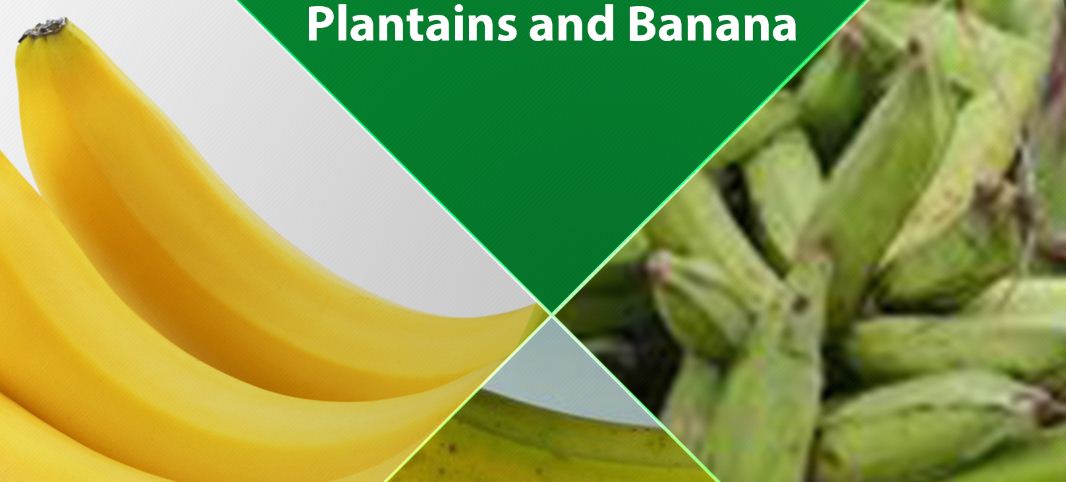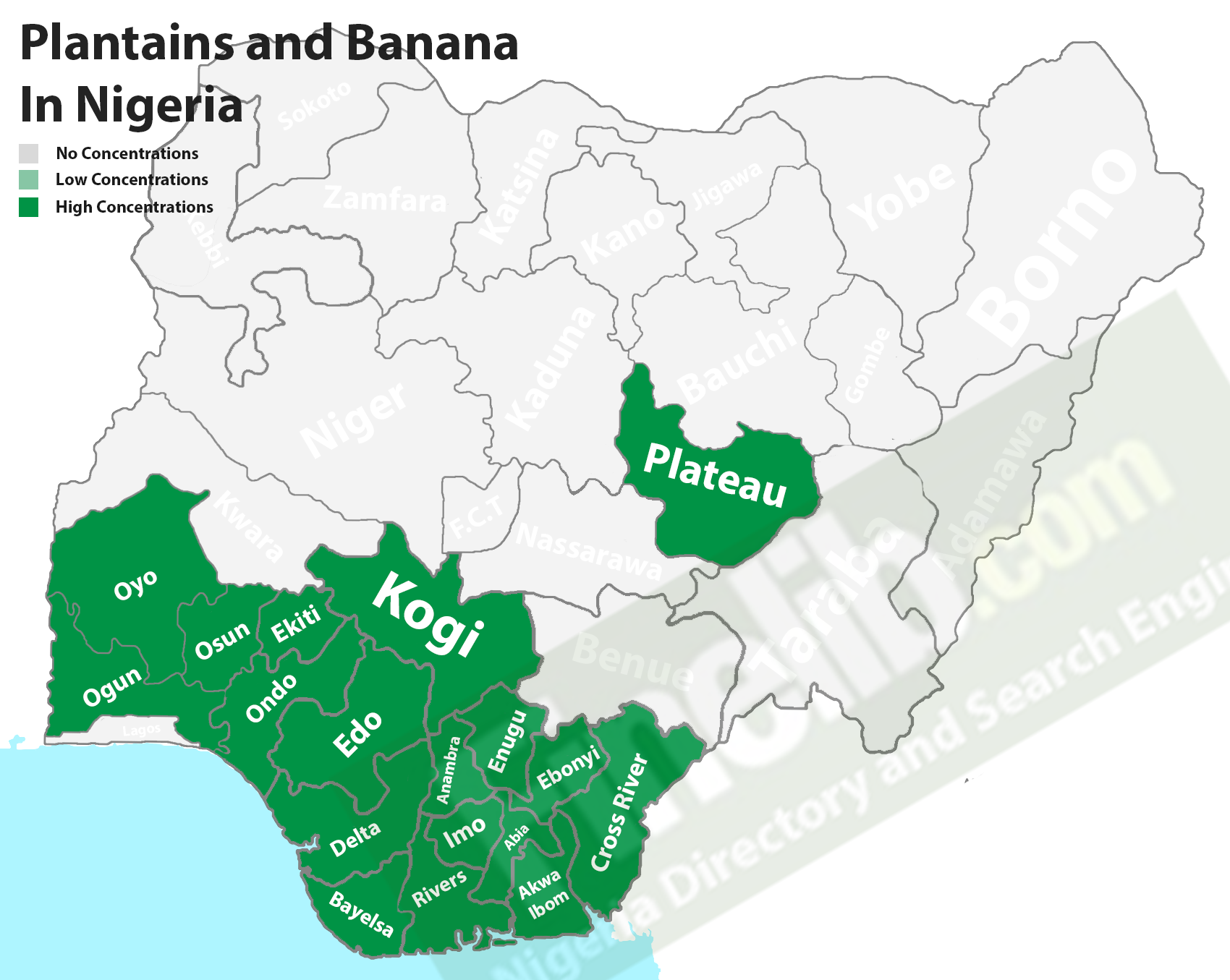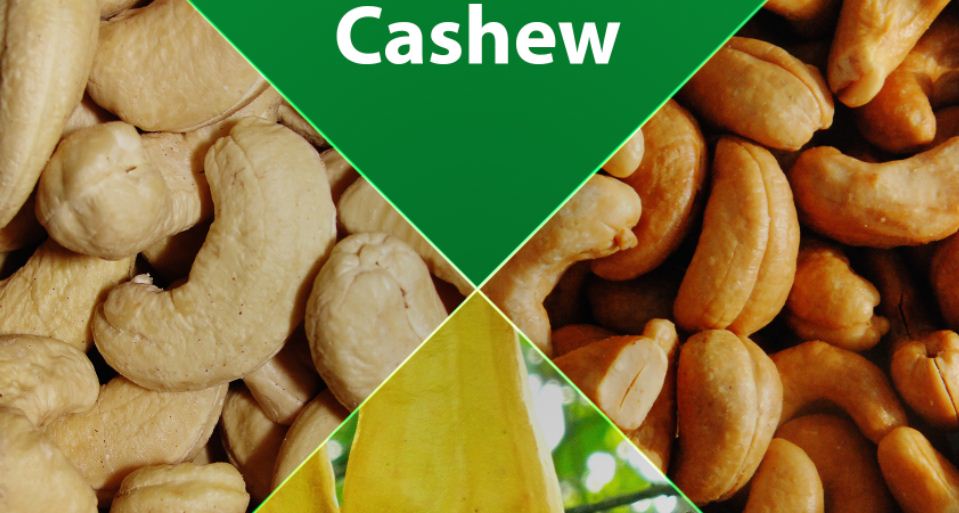Plantains And Banana Crop Producing States in Nigeria

Nigeria is among the largest banana producing countries in African providing about 2.73 million tonnes of banana per year.
Also it is the largest plantain producing country in West Africa. It is widely produced in the South and Central regions of Nigeria such as; Oyo, Edo, Ondo Bayelsa, Delta, Akwa Ibom, Rivers, Ogun States, Cross River, Ebonyi Abia, Ekiti, Imo, Plateau, Osun, Kogi, Anambra and Enugu.

Banana and plantain (Musa acuminata & balbisiana hybrids ) as their botanical names respectively are perennial crops, though they are in the same family of genus Musa and looks similar in appearance, there are still distinctive difference between the two;
|
Variables |
Banana |
Plantain |
|
Sweetness |
More sweet |
Less sweet |
|
Consumption |
Eaten as a fruit |
Used as vegetable |
|
Height |
Its shorter |
Its longer |
|
Colour |
Turns from green(when unripe) to yellow when ripe |
It green when unripe and change to lighter green, yellow or black when ripe |
|
Thickness |
It’s less thick |
Has a thicker back |
|
Nutrients |
vitamin B6, potassium, manganese, biotin, vitamin C, potassium, dietary fibre , and copper |
When unripe, it is rich in minerals & vitamins such as dietary fibre, iron, magnesium, vitamin A etc., but gives more carbohydrate when ripe |
|
Starch content |
Low |
high |
|
Energy |
22% carbohydrate |
32% carbohydrate |
They are rich both rich in vitamin C, B6, minerals and dietary fibre.
Banana
Bananas are mostly cultivated in all tropical regions because it is a tropical plant and grow well under warm conditions, it shorter than plantain but sweeter.
It is eaten as a fruit and can also be processed into banana starch, flour, and chips.
Plantain
Plantain is banana look alike but tends to be longer in length, with a thicker skin, it is also a major staple food in Africa, Asia and, Latin America, and like banana, grows well in rainforest regions and due to its high starch content it is not eaten raw unless it is ripe; mostly it is cooked or roasted.
Cultivation of any of the above needs moist soil but it should not be waterlogged, and it take about 9 to 12 months from the planting period to be mature for harvest, and it grows in bunch.
When it’s ripe for harvesting, the stalk is cut with a knife and the tree chopped down to the ground.
Both plantain and banana are nutritious, and in some Nigerian homes it constitutes a part of their daily meal, it can be seen around Nigerian and most African markets, side road markets and stores. In as much they are perishable, banana can be used to make banana pudding etc., and plantain can be sliced and converted into chips and lots more.




